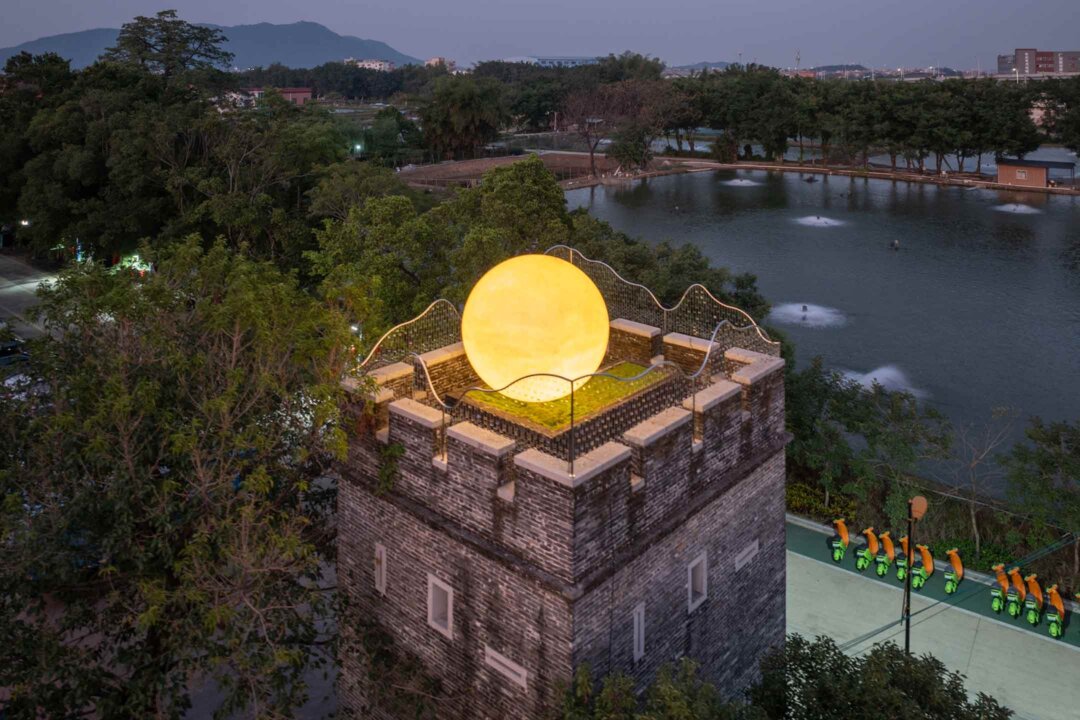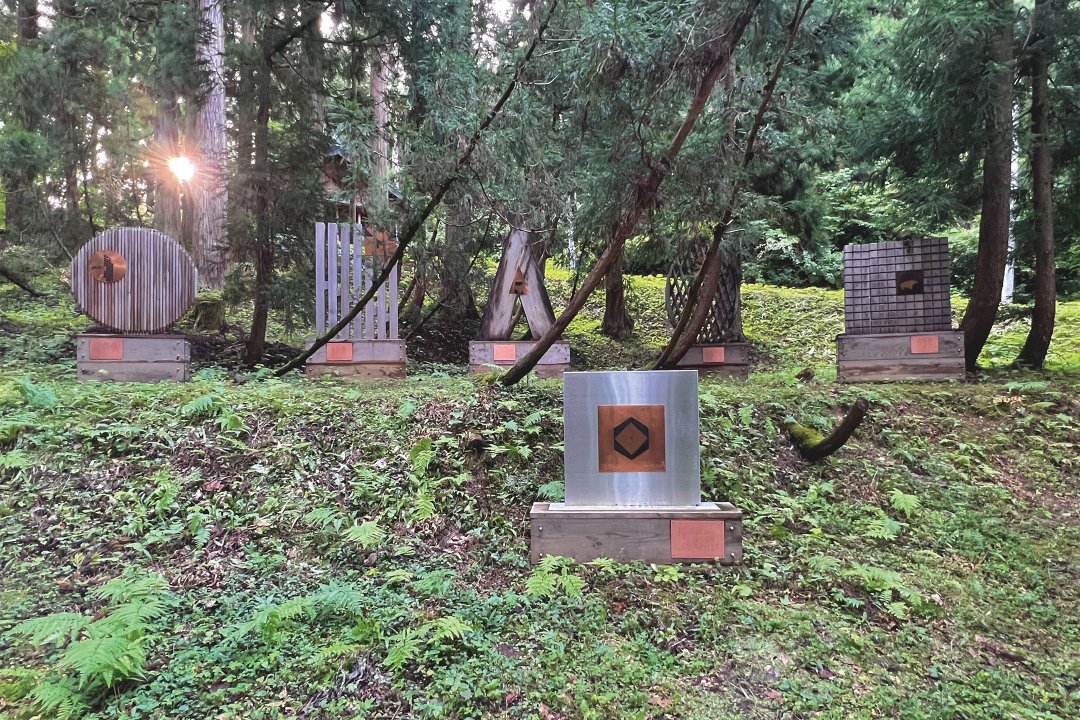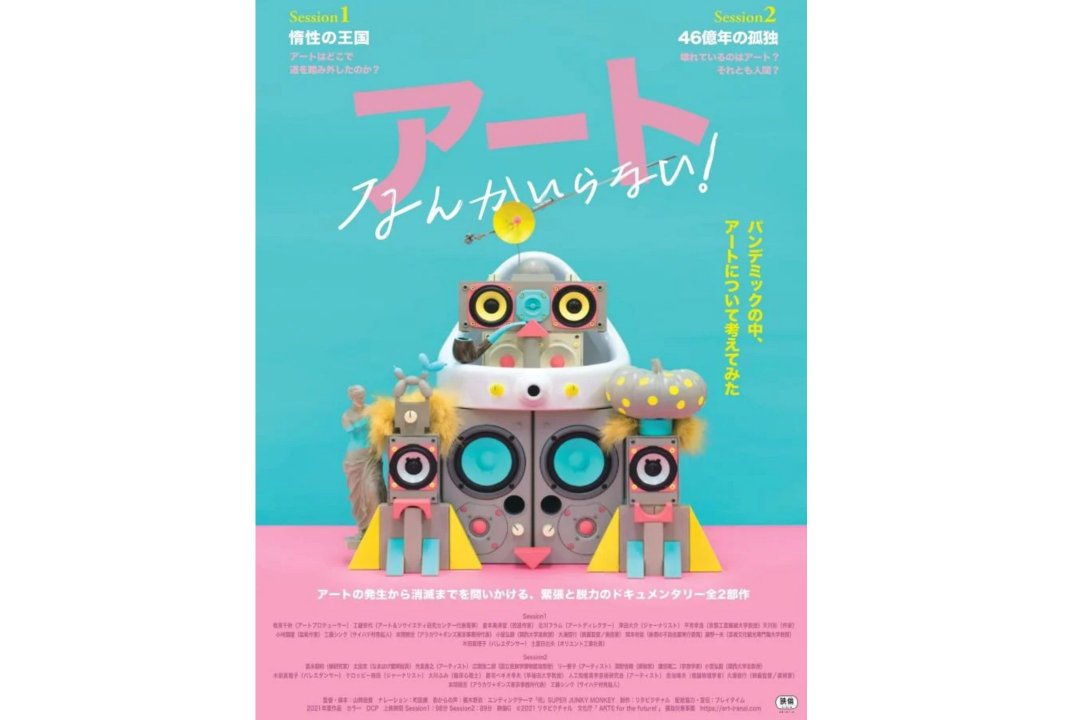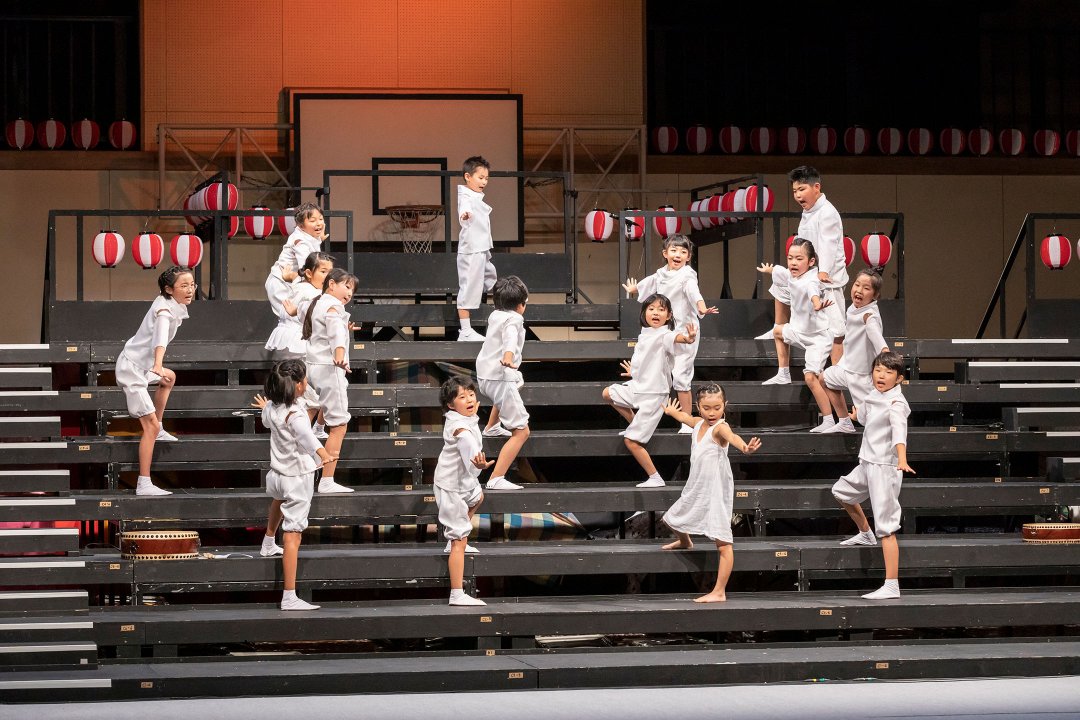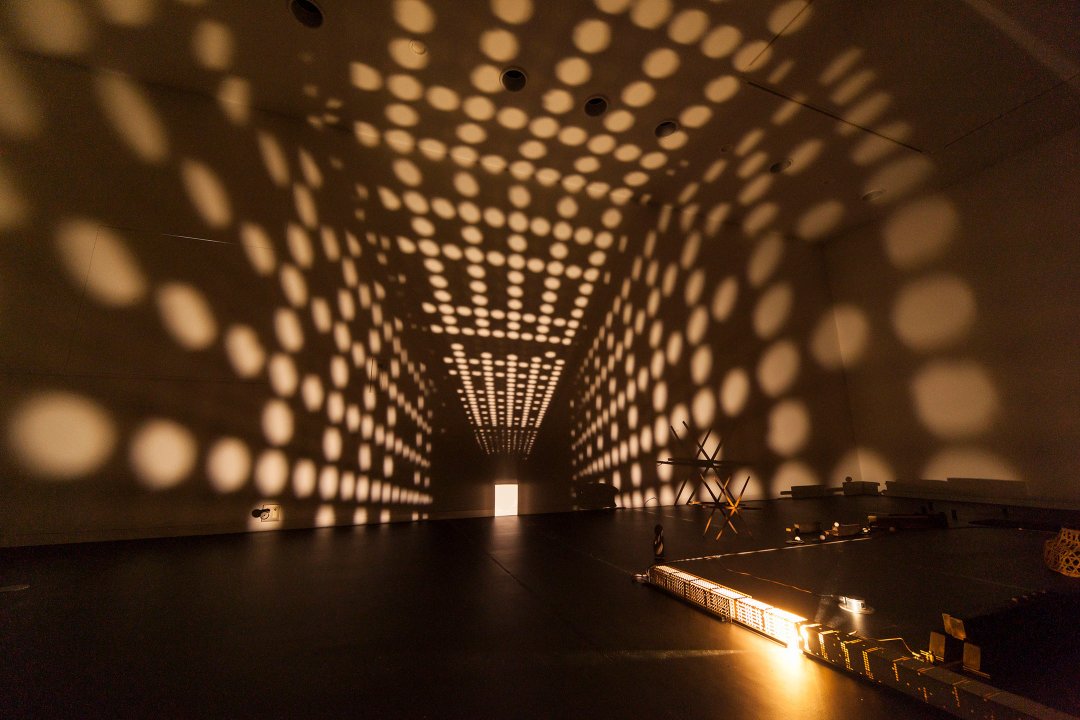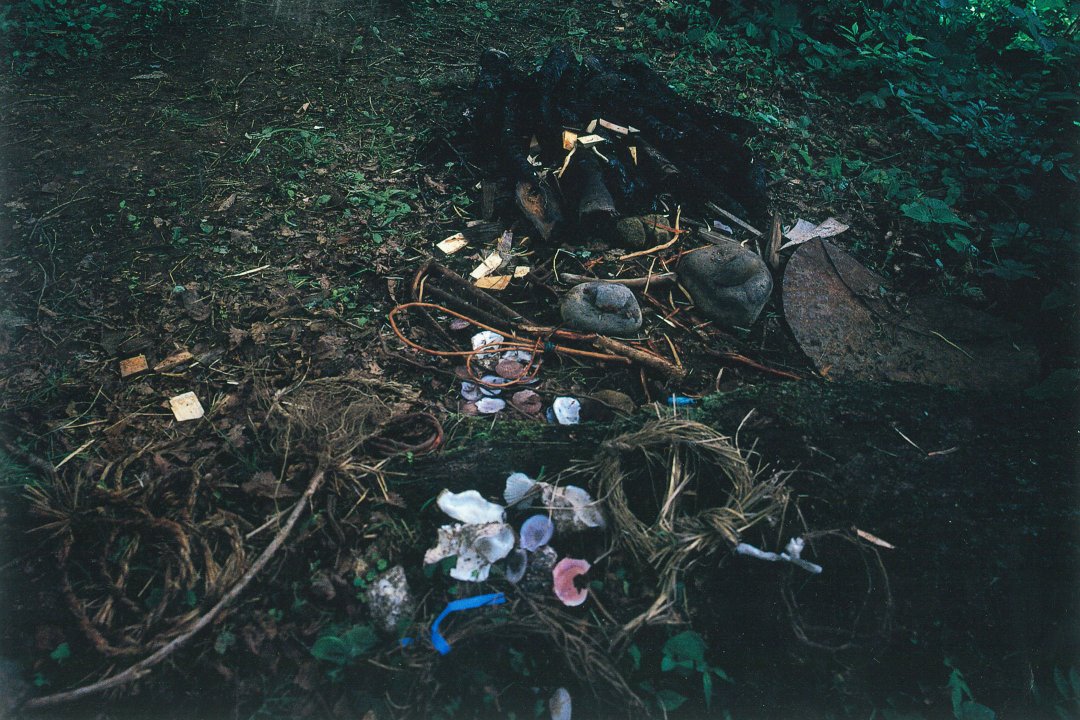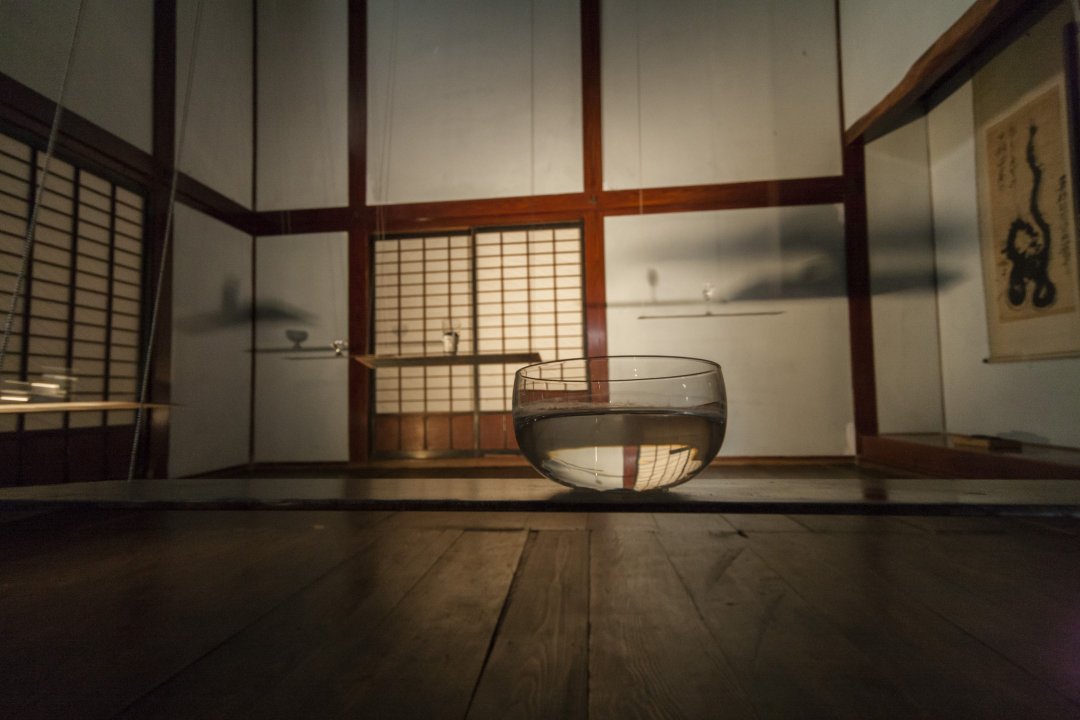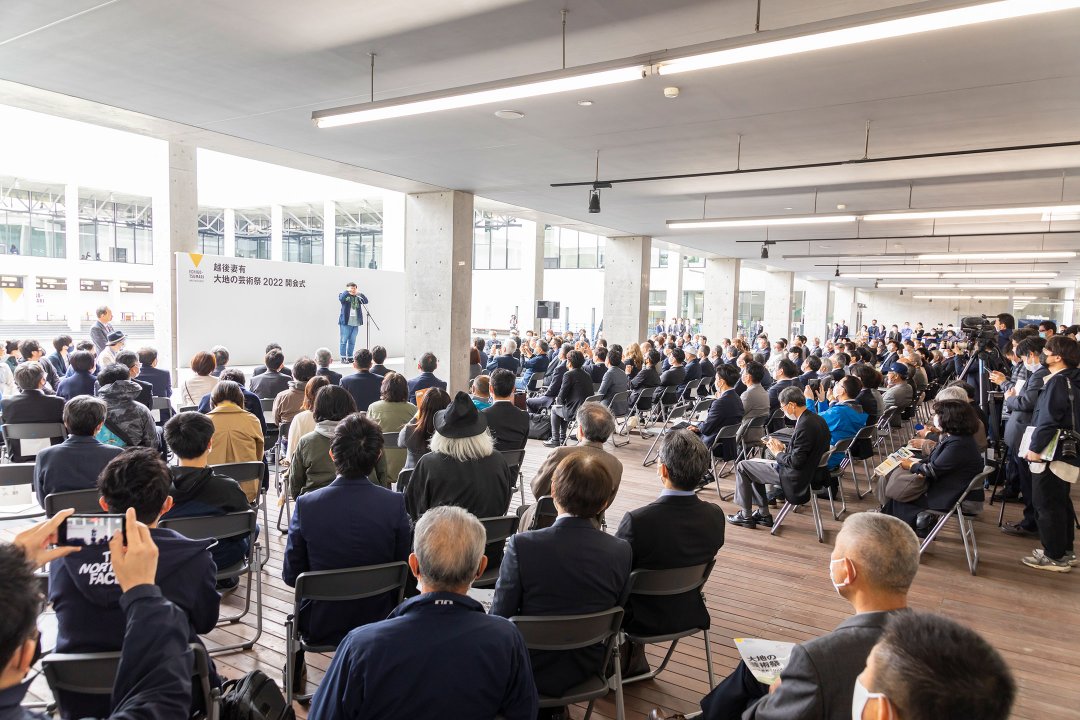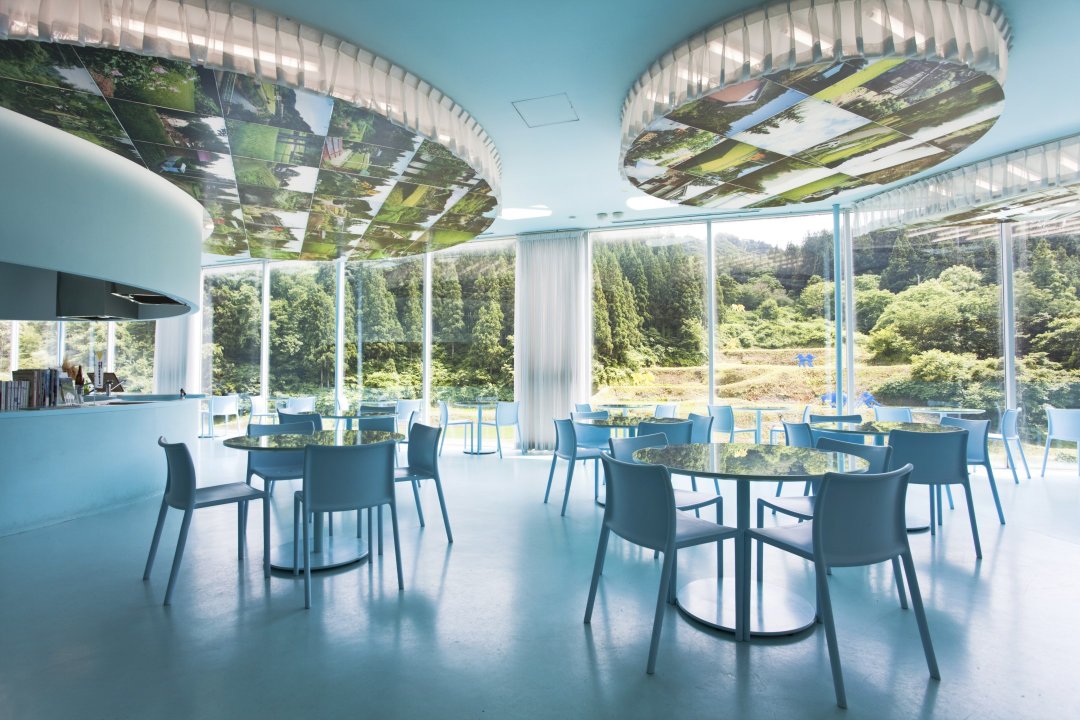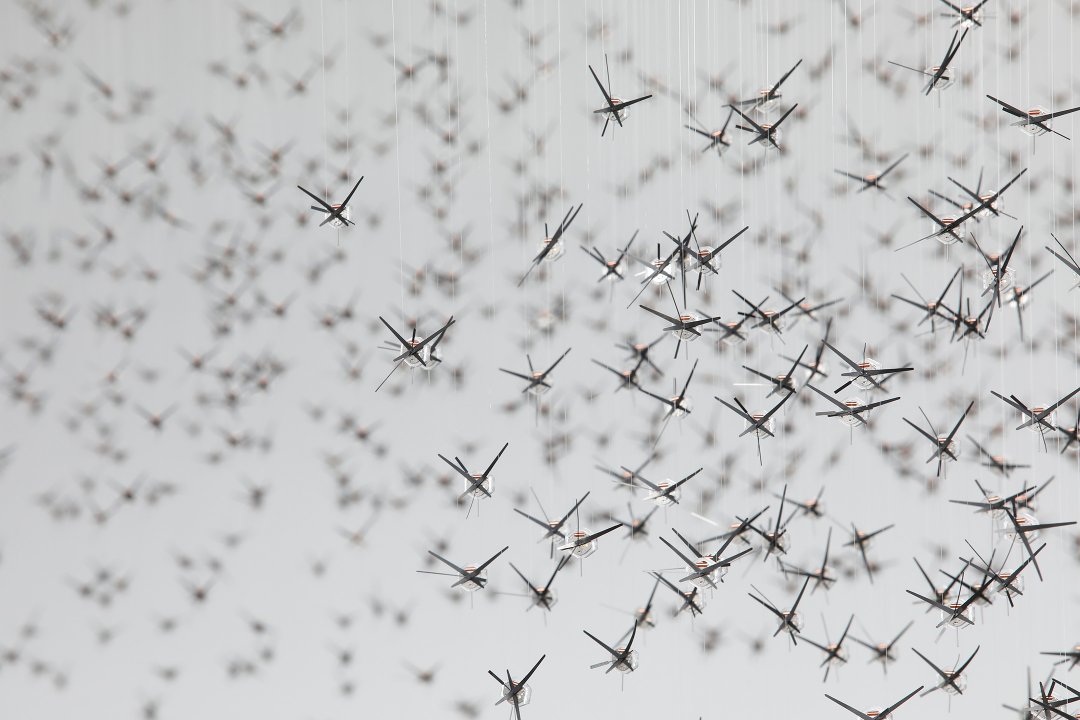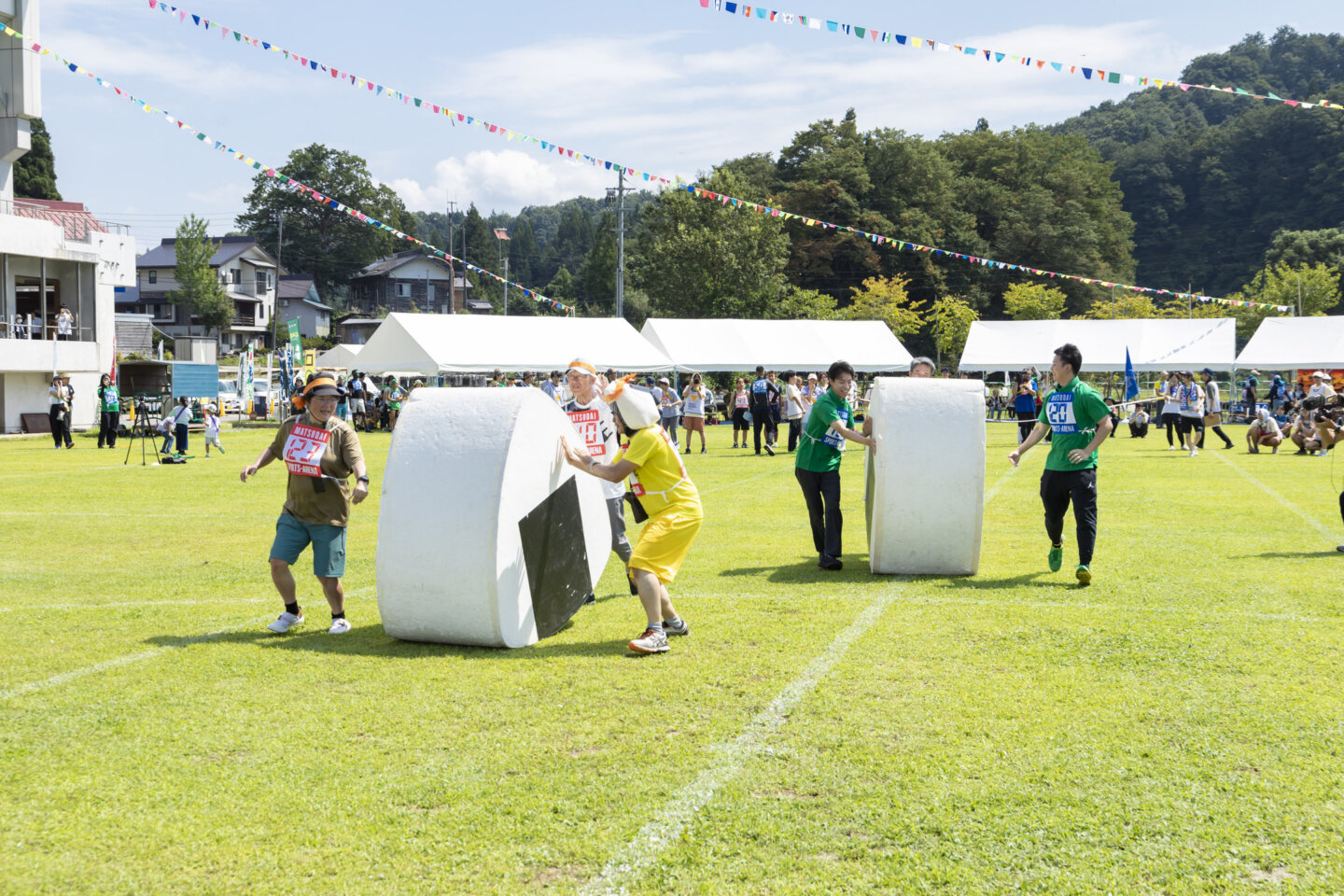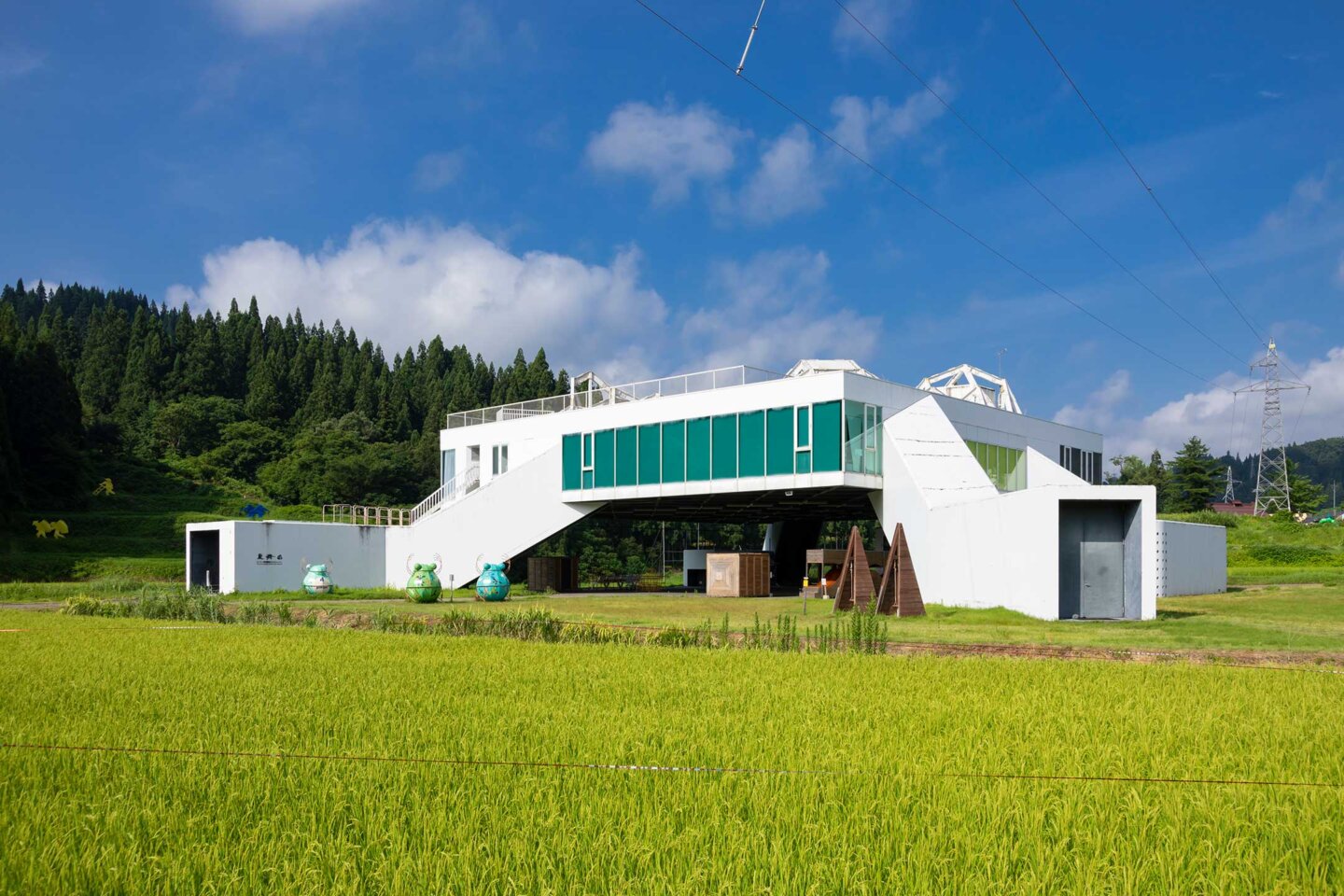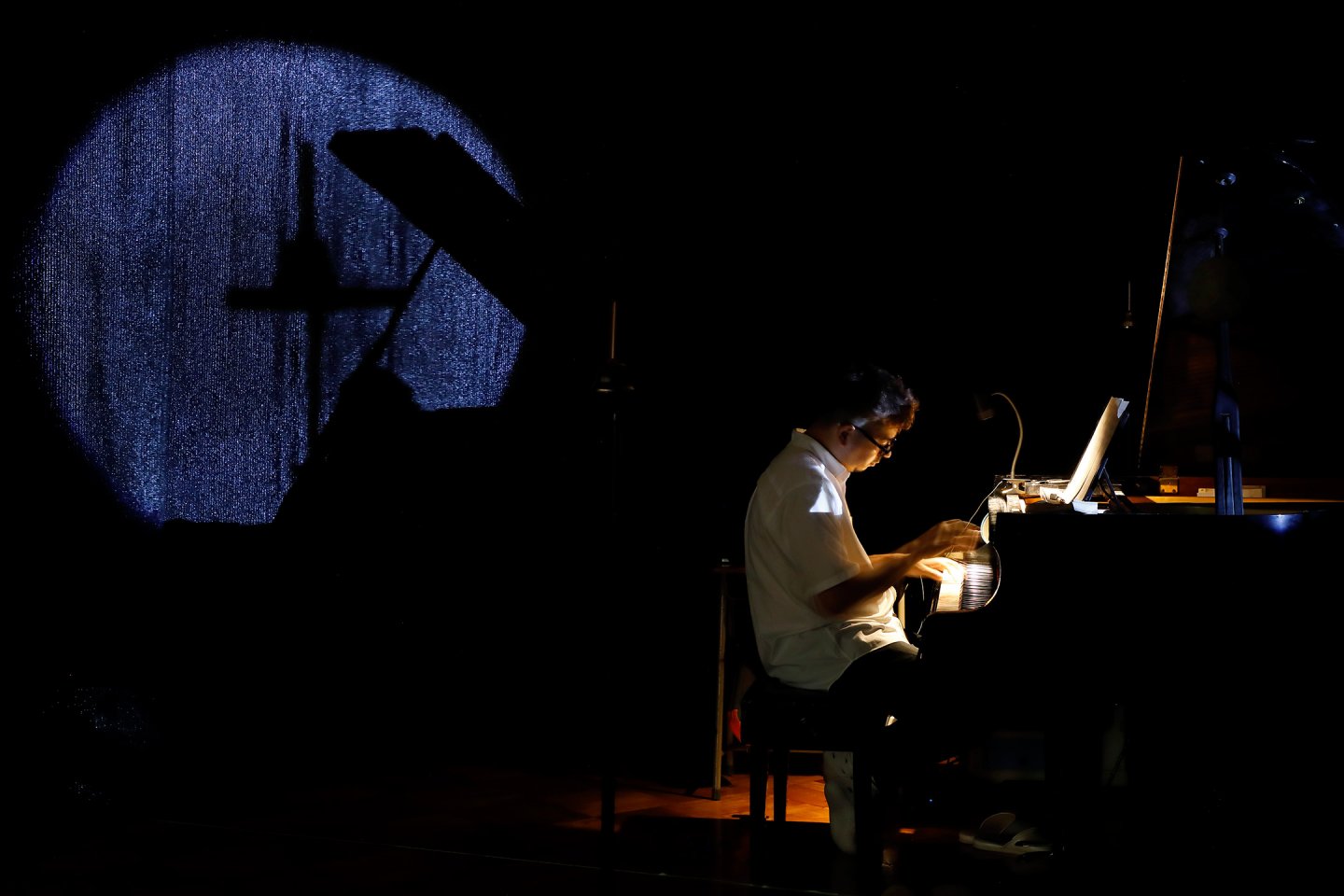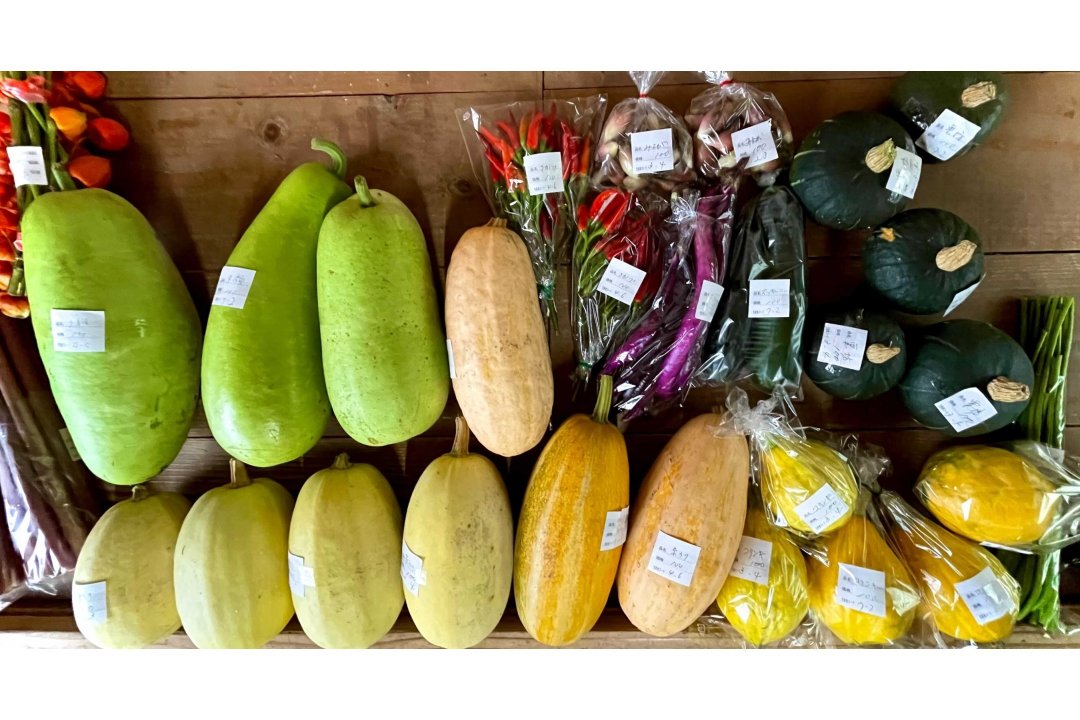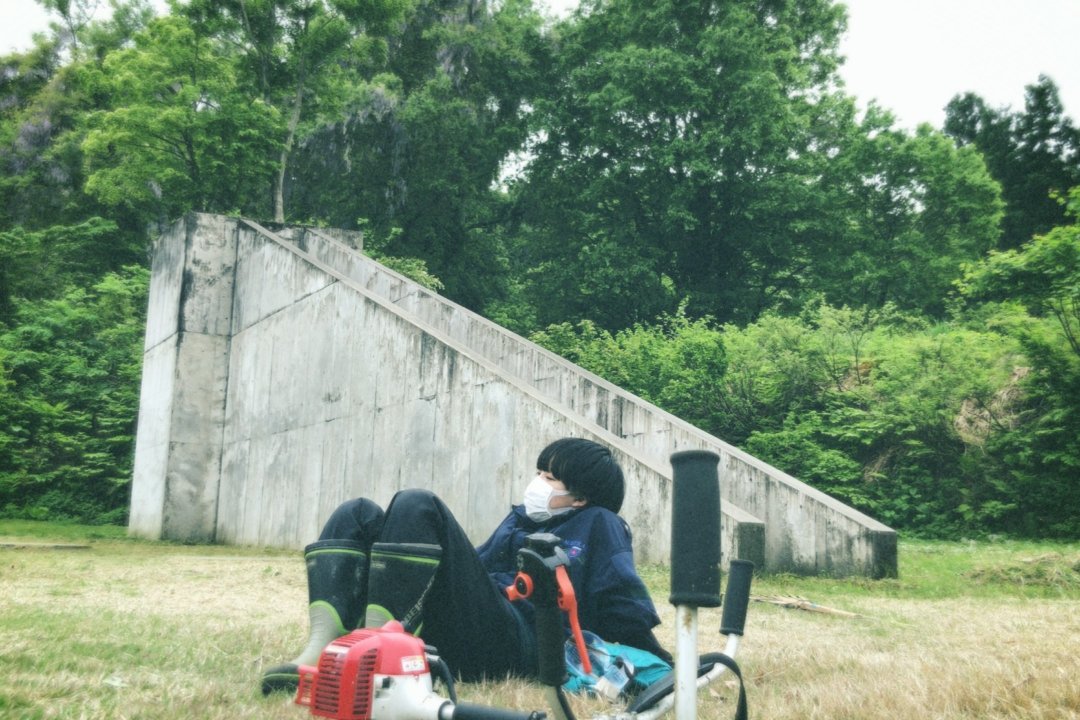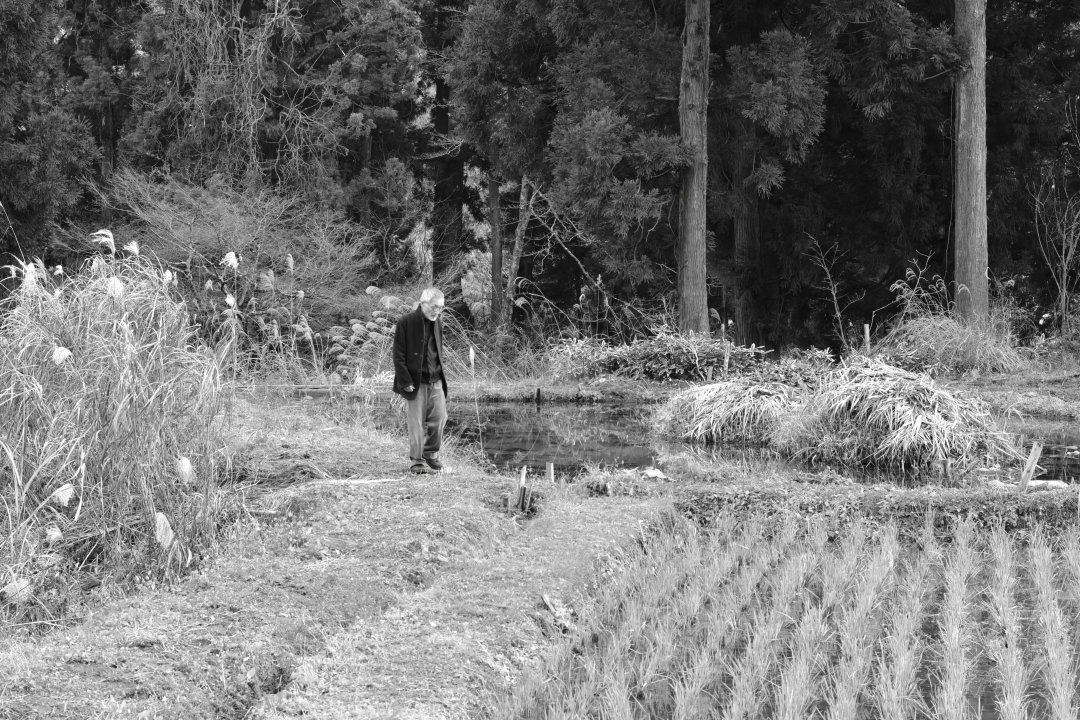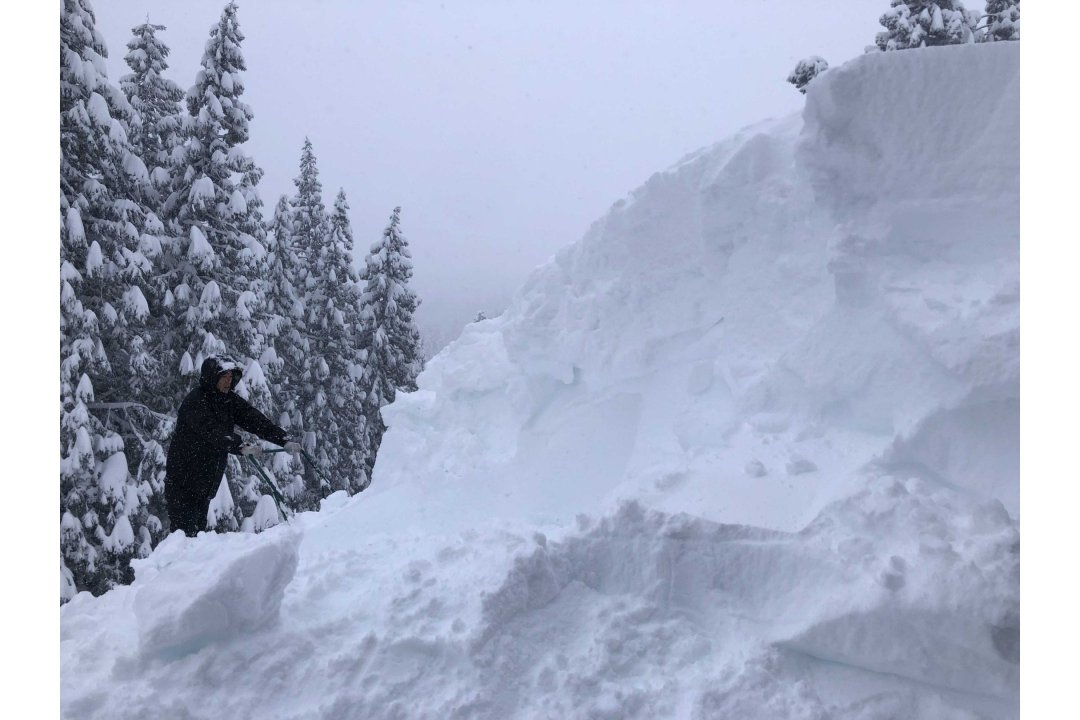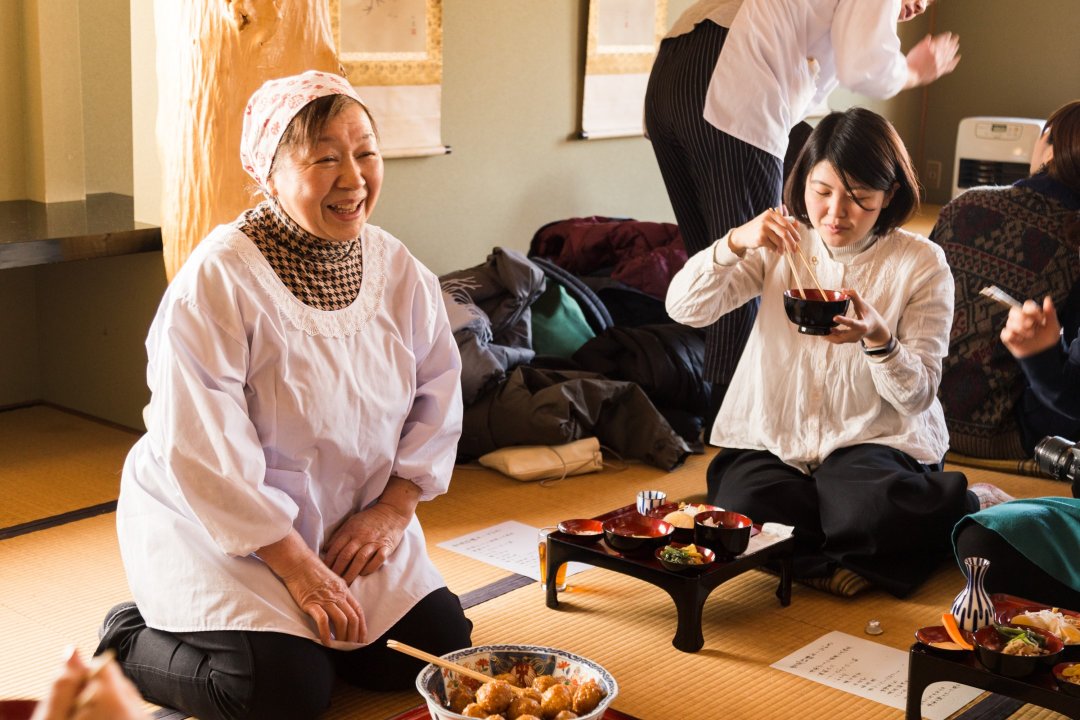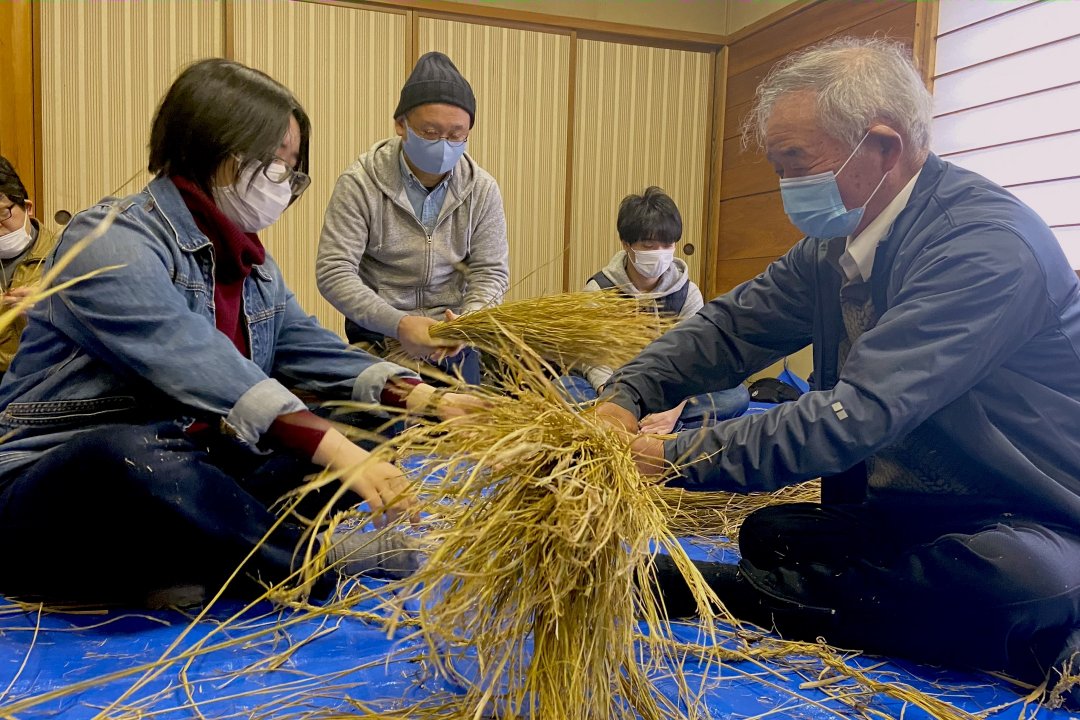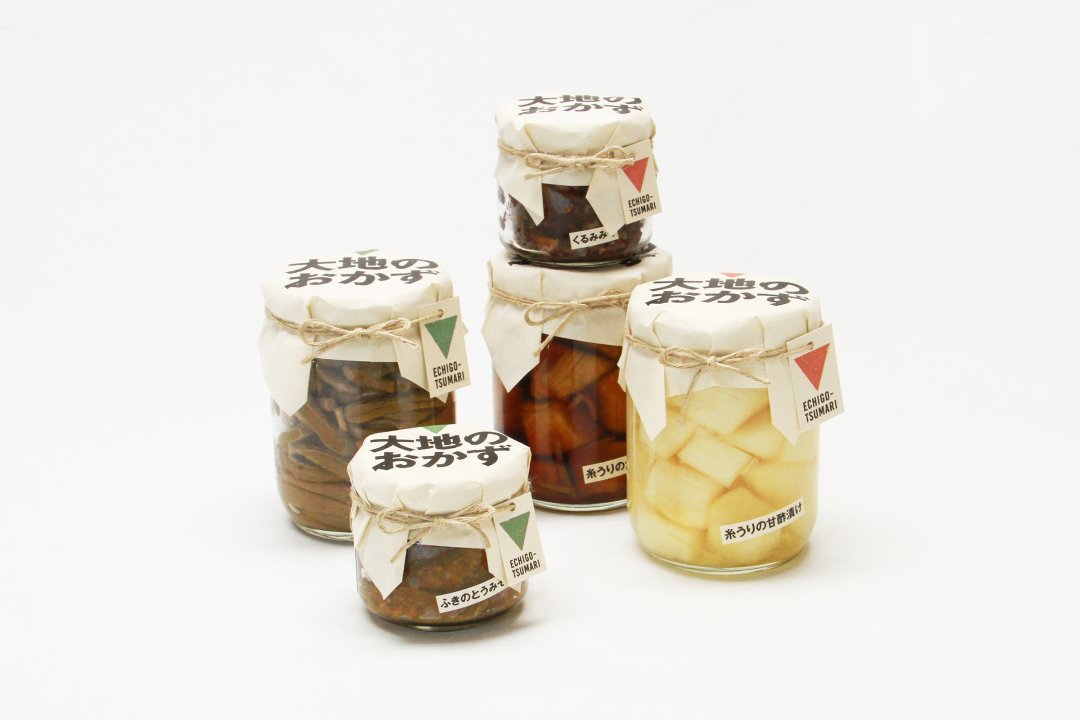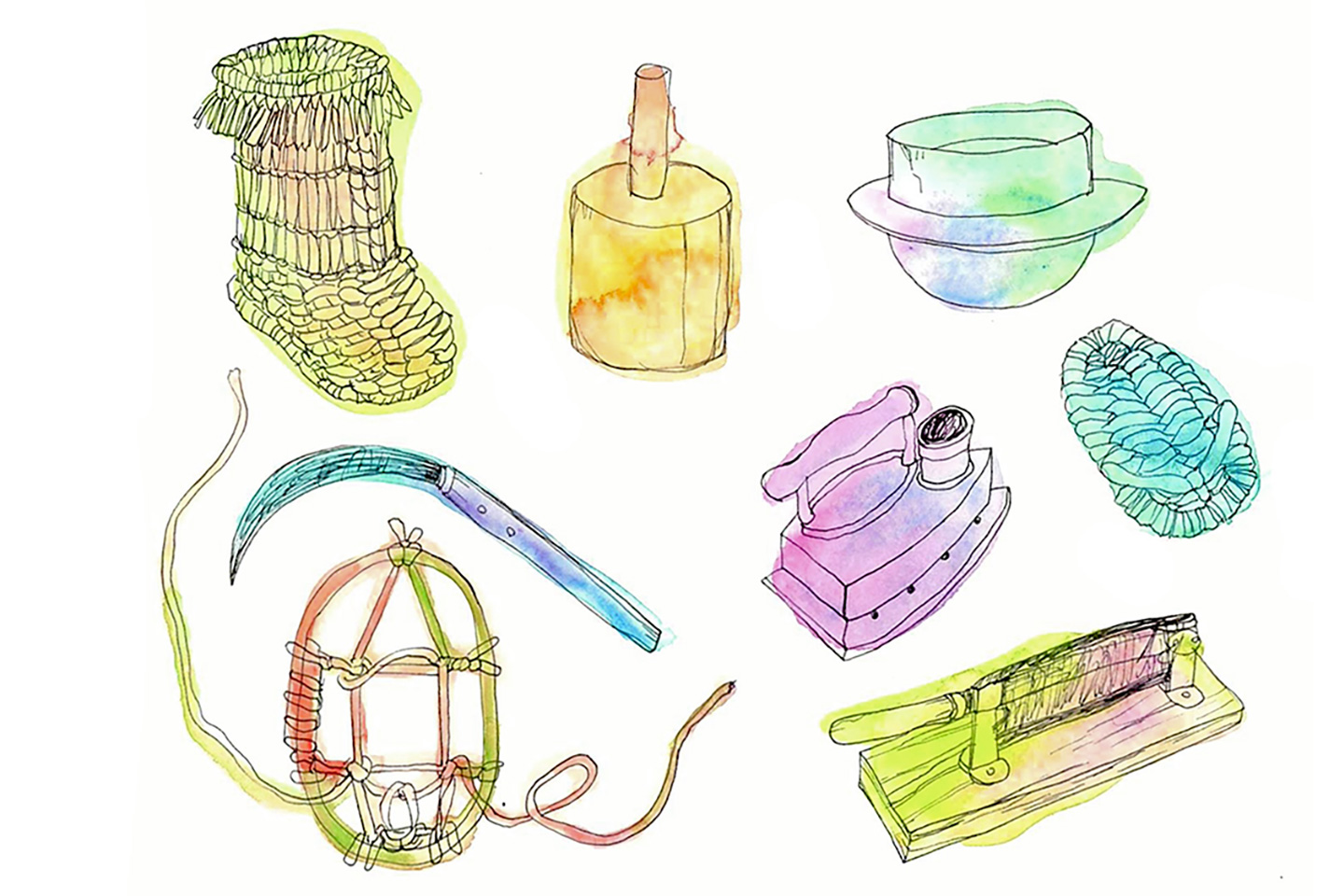Thinking 21st century art in the world from Niigata
Echigo-Tsumari Art Field - Official Web Magazine
Feature / Column by General Director – vol.1
On the inaugural issue of the web-magazine, Art from the Land
Fram Kitagawa, “Art from the Land” editor-in-chief / General Director, Echigo-Tsumari Art Triennale
Fram Kitagawa, General Director of Echigo-Tsumari Art Triennale acts as an editor-in-chief of the official web magazine, Art from the Land. The series of editor’s column explores and shares philosophy behind the festival and he talks about the agenda he set out for the web magazine.
Editor: Shinichi Uchida, Tomoyuki Miyahara (CINRA.NET editor dept), Photo: Nozomu Toyoshima
30 September 2019
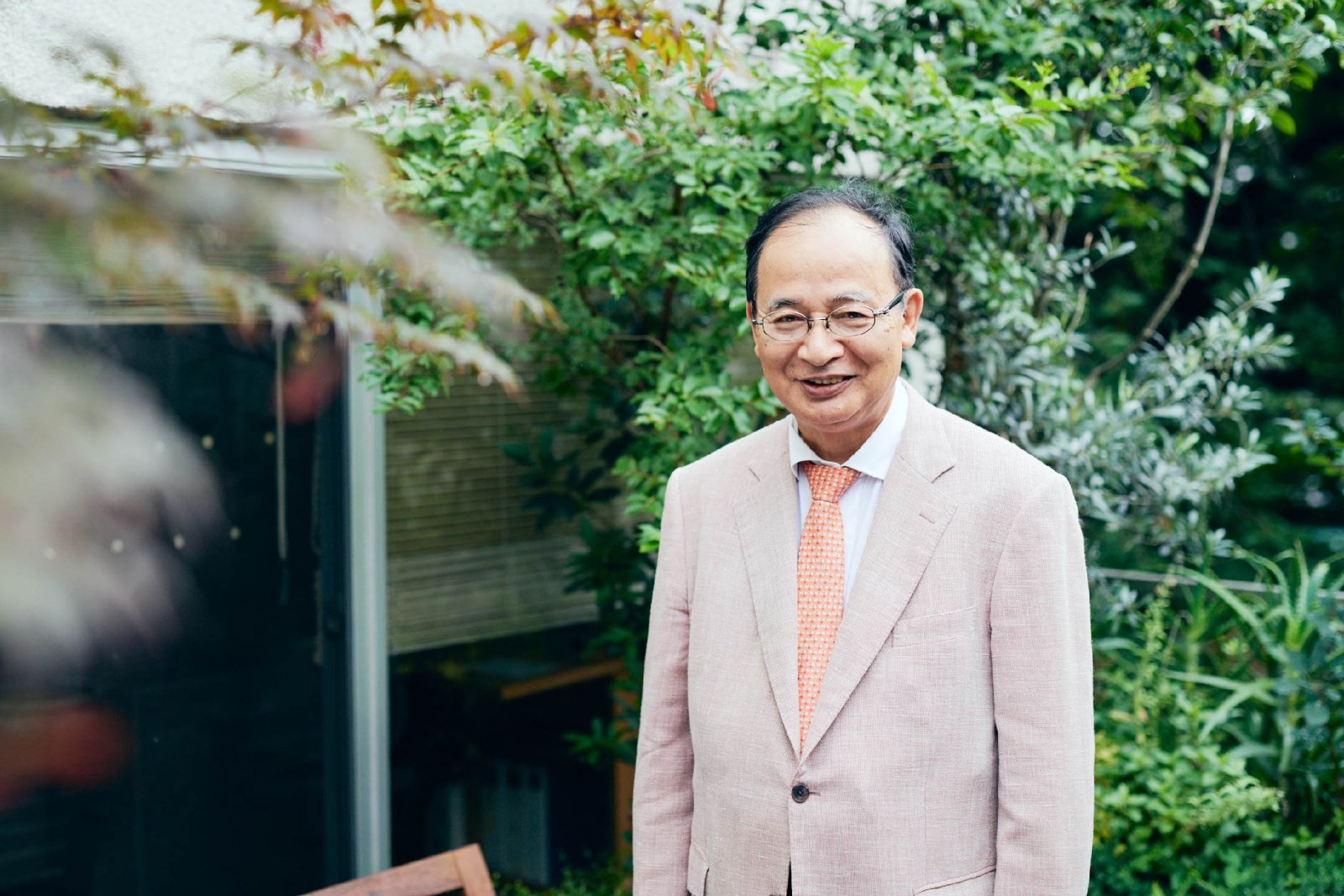
I would like people in Echigo-Tsumari to have smiles on their faces.
It has been almost twenty years since the inaugural Echigo-Tsumari Art Triennale in 2000. I am pleased to launch this official web magazine Art from the Land as a new venture at this point of the festival’s development. In conjunction with the editorial team, I would like to communicate highlights of the festival and Echigo-Tsumari in various ways.
A theme proposed by staff members for this first article in the editor’s column series was “enduring ideas and new thoughts for Echigo-Tsumari Art Triennale twenty years on”. I would respond that the feeling I had at the beginning is unchanged and has even got stronger, while I would like to embark on new adventures as the festival advances its depth.
What hasn’t changed is my desire for seeing “smiles on the face of our elders in Echigo-Tsumari” (*1). When the initial concept of Echigo-Tsumari Art Triennale began to take shape in 1990s, the primary purpose of the project was to revitalise this region. This is a region rich in natural bounty and satoyama culture yet struggling with aging and depopulation. There were many people who were not receptive to the idea of an “art festival”. The festival was only realised through support we gained from locals as a result of countless dialogues.
What I saw after the festival was launched were the smiles of locals who encountered expressions by artists and engaged with the festival in their own ways. It was this time that I determined to pursue to achieve what I said above. The commitment I feel has gotten even stronger over the years.
The challenges that this region face have yet to find the best solutions. However, I would like to continue my journey precisely because I haven’t found the answer which I believe would help us conceive of the future of the society we live in. I would like to share my views in this series of articles and other articles based upon interviews to the local people in months to come.
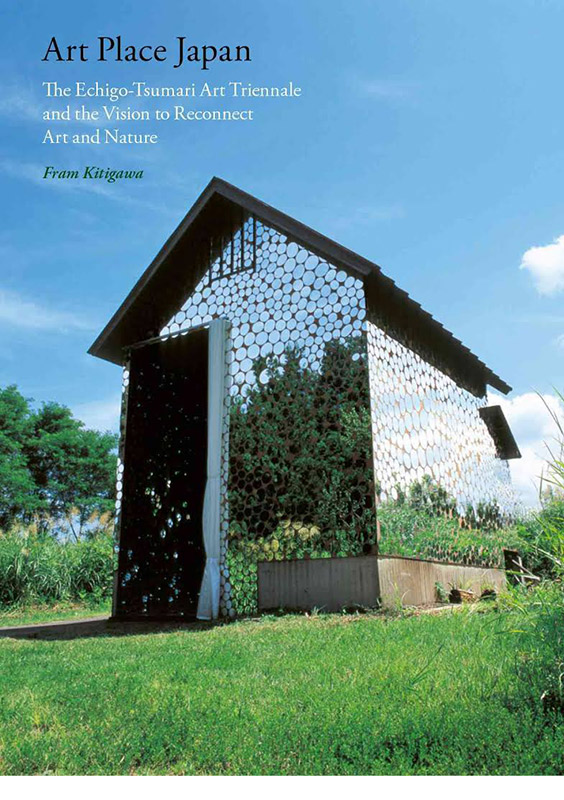
*1: Refer to Fram Kitagawa, Art Place Japan: The Echigo-Tsumari Art Triennale and the Vision to Reconnect Art and Nature, Princeton Architectural Press, New York, 2015
The book on ETAT has been also translated and published in Taiwan, China, and Korea.
The more people gather and engage with the festival, the deeper the festival becomes.
At the same time, the festival is open to and supported by many people which include artists participating from abroad, visitors coming from different countries, volunteers who are an essential part of the festival operation and if I may add, staff members’ tireless efforts.
Everyone holds his own expectation for the festival. Some may look forward to “experiencing arts in nature and satoyama” whereas others would regard this project as the frontier of the contemporary art. People also repeatedly visit here to review their lives as they throw themselves into an unusual space and time.
Many discoveries were made and networks were nurtured – beyond my prediction – which contributed to deepening the festival over the course of twenty years. Some movements have also been born beyond the boundaries of culture and countries which can suggest alternative approaches to how the society and the region should be in the foreseeable future.
In this web magazine, we will introduce artworks with their respective behind-the-scene stories, reports by various people based upon their own experiences and perspectives on the festival by its supporters. I will also share the attractions of this region which I would like you to know through the festival.
Talking about myself, I have engaged with the festival by contemplating how we should live in this contemporary era – the time of the globalised economy, and the modernisation of Japan over the past 150 years, or alternatively over the past 70 years since the end of World War II.
The festival represents my philosophy and I have been thinking about the issue of spaces for people to occupy in the contemporary era, the problem of social connections, challenges of labour as well as the fundamental dignity of human beings. I would like to share my thoughts in this web magazine when appropriate.
“Art from the Land” – for our tomorrow
While some people think that “contemporary art is a way to engage with the problem of a city and therefore the leading edge lies in a metropolis”, I would disagree. Over years, I have been made aware of the significance of presenting the Echigo-Tsumari Art Triennale in a place like Echigo-Tsumari.
Artworks are produced and appreciated in a space consisting of multiple layers of a place – nature, history and the life of people bring different attractions to people as opposed to viewing artworks in a white cube, as if conducting chemistry experiments.
This explains the reason why many artists who work internationally willingly participate in the festival and they seem to be “keen to find out what would happen here”. I believe that we could find more fundamental themes for ourselves living in this contemporary era, different from the short-term tendencies that often dominates the art scene.
As we have seen, many different elements contribute to make the festival and there surely exists something interesting in this “disorganised, mix of everything” world. This was one of the biggest lessons I have learnt during over twenty years of engagement with Echigo-Tsumari.
During early days of the festival, we were heavily influenced by my own philosophy which I had build over a half-century. However, the projects proceed and evolve as we engage with and receive support from other people, responding to their expertise and strengths. In other words, the scale of the festival is not something constrained and “narrow” as if you were following a script. This lesson was crucial and because of this aspect, I do believe that the art has an irreplaceable role to play in a society.
Art from the Land: I am pleased to call this official web magazine with a title that is a new phrase yet one which has been with me in my heart for a long time. I hope you will enjoy reading it.
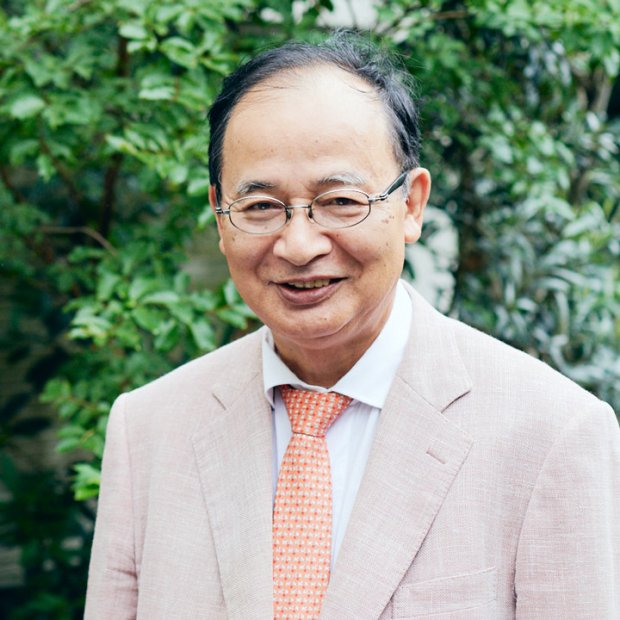
Profile
Fram Kitagawa
Editor-in-chief “Art from the Land” / General Director, Echigo-Tsumari Art Triennale An art director, born in 1946 in Takada-city (presently called Joetsu-city) in Niigata. He has been engaged with Echigo-Tsumari Art Triennale as its General Director, launched in 2000, and also its planning phase prior to the launch. Editor-in-chief of this web magazine.






